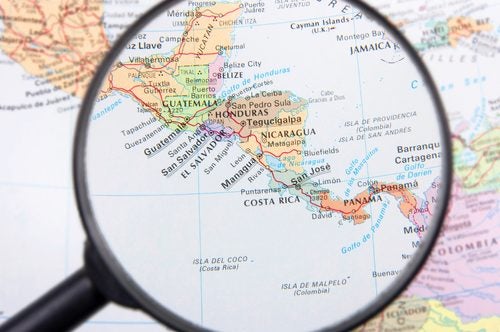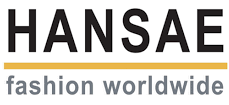
The nearshoring trend in apparel production is continuing apace as fashion firms battle high shipping rates and supply chain constraints.
Nearshoring involves relocating operations to a nearby country or area, moving things closer to the source of their inputs or customer markets. It allows firms to focus on speed and flexibility while prioritising in-season reactivity and analytical decision-making. It can reduce costs and increase supply chain efficiencies.
According to a McKinsey study in November 2022, 71% of the chief procurement officers surveyed plan to increase their nearshoring share by 2025, with 24% considering nearshoring in the same market where they currently operate.
Undoing the damage of offshoring
This trend reverses decades of industrywide offshoring, where operations were moved to a distant location, primarily to China and other South and Southeast Asian countries where cheap labour and materials could be sourced easily.
While globalisation and the pursuit of cheaper prices created an environment in which offshoring was all the rage, it brought consequences – namely, diminished human rights and greater environmental damage. The United Nations estimates that the fashion industry, including materials sourcing, supply chains, washing and waste, is responsible for 8–10% of global carbon emissions.
The Covid-19 pandemic brought more bad news for a globalised world, throwing supply chain lines into disarray.
Sustainability and human rights
Apparel firms are now finding ways to minimise environmental harm, operate more sustainably and protect themselves from future supply chain shocks.
Producers view nearshoring as more environmentally friendly. Shorter shipping distances and faster transport times result in a lower carbon footprint, besides lower costs.
Nearshoring is also touted as a way for brands to ensure workers are treated fairly and that ethical labour practices are upheld.
However, that means labour costs are higher compared to some Asian countries. But, as many US consumers report being happier to spend a little more on sustainably produced and sourced products, this isn’t a major concern.
Other barriers to nearshoring include finding adequate production capacity, industry fragmentation, lack of labour and, in some cases, a raw-material availability gap, according to a 2021 McKinsey report, titled Revamping fashion sourcing: Speed and flexibility to the fore.
Despite these hurdles, the nearshoring trend has not lost steam over the last few years.
“The business case for nearshoring centres on speed to market by maximising geographic proximity to consuming markets. Shortened supply chains make successful speed-to-market strategies possible, but these supply chains are far less carbon-intensive than traditional trans-Pacific sourcing,” Kimberly Glas, president and chief executive officer of The National Council of Textile Organizations (NCTO), writes for Just Style.
The Central America attraction
For US companies, Central America is at the top of the list for nearshoring. McKinsey found that about eight out of 10 North American apparel players plan to increase their sourcing from this region.
“[Nearshoring] allows them to order closer to launch dates, or to employ dual-sourcing strategies for greater in-season reactivity and options for replenishment,” the McKinsey report says.
For firms located outside North America, Central America is also proving an attractive option.
Hansae is in the process of opening an all-in-one vertical complex in Guatemala and has announced a new partnership to expand fabric sourcing and production in Central America with Northern Textiles, a subsidiary of GK Global.
This follows a prior memorandum-of-understanding signing in May with Willbes Dominicana for a synthetic mill in the Dominican Republic.
The company states: “Hansae is expanding its operations in Central America for a variety of reasons. Clothing manufacturing costs continue to rise as inputs and labour costs rise.
“The currently constrained ocean and land logistics network, as well as the growing demand for faster time to market, has accelerated the investment. Additionally, big American brands and retailers intend to expand their Central American sourcing and manufacturing operations.”
Shorter lead times
For Hansae, the shift to Central America allows the firm to provide apparel to major US retailers, such as Target, Gap, Walmart and Kohl’s, with considerably shorter lead times.
The firm’s biggest undertaking is its new sustainable manufacturing complex in Guatemala’s Michatoya Pacifico Industrial Park.
Hansae already has production facilities in Guatemala, Nicaragua and Haiti, in addition to its presence in Southeast Asia.
For more information on how Hansae is making strong advances in sustainable fashion, download the free whitepaper below.


